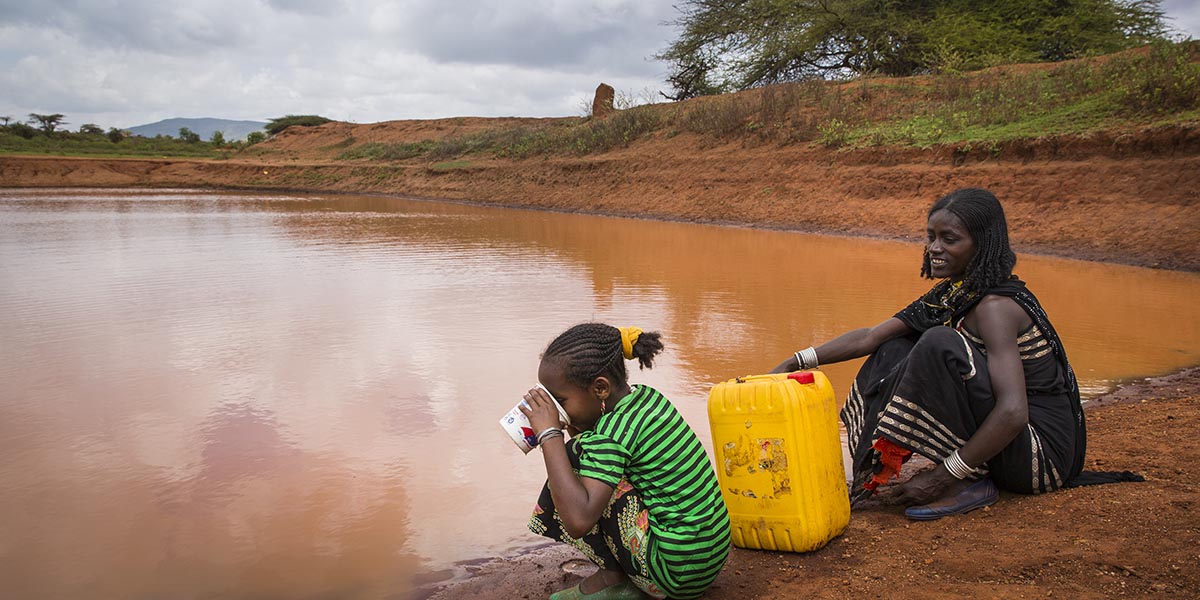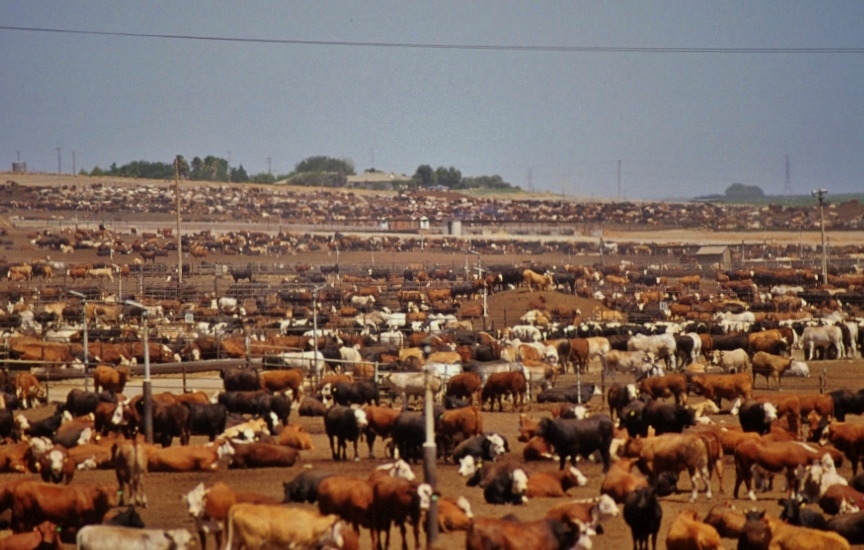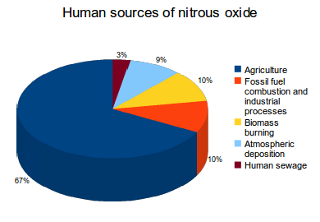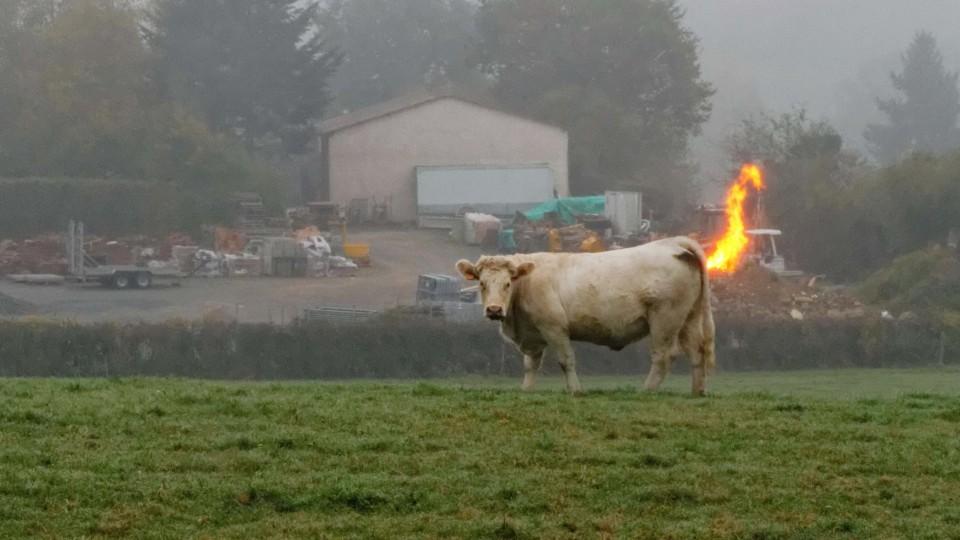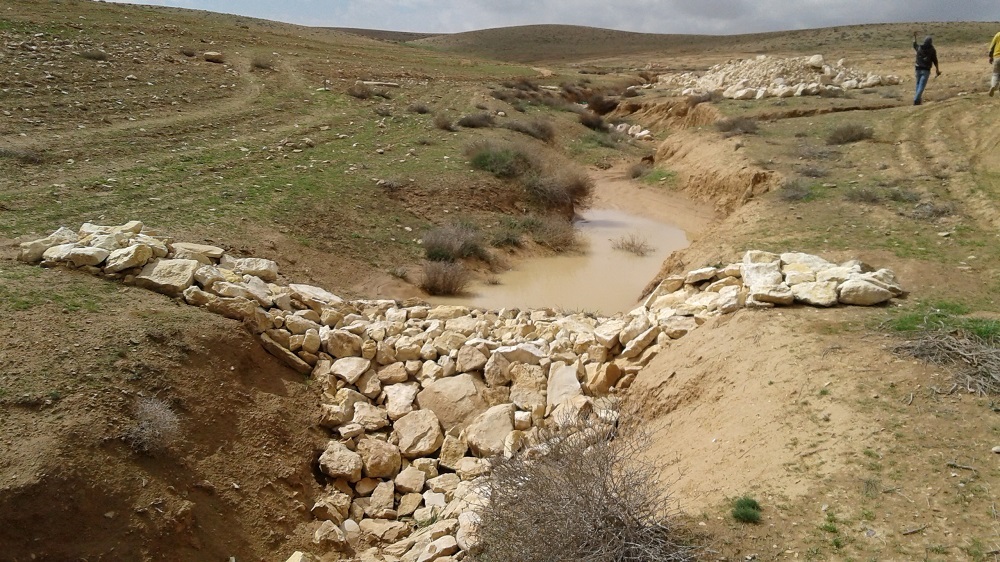In the past few decades, it’s become common knowledge that
fossil fuels are unsustainable and horrible for the environment. Dirty energy
stands alongside animal agriculture as one of the biggest causes of climate
change.
Every day, 10,000 people die from air pollution that is caused by fossil fuels. If you walk
around India or China on an average day, you’ll see everyone wearing face
masks.
 |
| Image by: World Economic Forum |
Millions of people worldwide are hospitalized every year due to pollution-related sicknesses and health defects. But things are looking up.
With the right amount of collaborative dedication and drive
for a move towards full sustainable energy, we can do this.
This entry is inspired by the ideas and research presented in the environmental film "Before The Flood" and is supported by additional research.
Picture the Problem
Environmental issues have become the biggest reason for mass
demonstrations in China. China is the industrial hub of the world and has grown
to be a leading trade partner with some of the most influential nations in the
world.
China got to where they are today because of their fossil
fuels; yet, that’s one of their leading political issues. China has reached the
point at which the environment has surpassed their most prized assets—economic gain.
 |
| Image by: Sydney Morning Herald |
But not everyone has this advantage of being able to prioritize, and therefore stand up for, what is needed.
India is one of the top nations who produce greenhouse gases
and every citizen knows it. Indian citizens don’t have to recite the statistics,
all they have to do is walk outside or travel into the city.
But coal is all they can afford. Imagine feeling the problem
and breathing it in every day, while not being able to do a thing about it because
the price would be to give up your basic needs.
 |
| Image by: DW |
So what are we doing?
The Goals
The 2016 Paris Agreement stated an international goal to
keep the global temperature rise to below two degrees above
pre-industrial levels.
This is the first modern, legally binding climate agreement
that truly addresses the core issue of fossil fuels and greenhouse gas emissions.
Additionally, Stanford University and University of California
Berkley worked together to formulate a goal
of using 100% renewable energy by 2050 in 50 U.S. states and 139 countries.
Stanford professor Mark Jacobson has made it clear that there would be significant benefits if this goal were to be successful. A 100% move to renewable energy by 2050 would eliminate 4.6 million air
pollution-caused deaths per year worldwide, save $22.8 trillion globally in
healthcare costs, create a gain of 16.8 million long-term jobs worldwide, and
create energy-independent economies. We could save $26.9 trillion per year in
projected climate change mitigation and adaptation measures.
All of this could come from further investments into wind
and solar energy technologies.
What We’re Doing
From innovative architecture and electric cars to giant
energy factories, we have a chance.
Who would have thought that architecture could do anything
for climate change? It turns out that, in America alone, the buildings use up 42 percent of the nation’s primary energy and use up $400 billion per year in
energy costs.
It turns out that simple thoughtful design can naturally
reduce energy costs by 80 to 90 percent and save almost $2 trillion in energy
costs.
| Image by: Asia Green Buildings |
Natural Resource Defense Council senior policy adviser Deron Lovaas has reported that, in the way of cleaner transportation, the U.S. Department of Transportation has worked on a plan
that requires the 400 state and municipal transportation planners across the
country to measure and reduce carbon pollution in their zones.
A big way people are trying to reduce carbon pollution is by
buying electric or hybrid vehicles. In fact, the amount of electric vehicles on
the road grew about 54 percent to 3.1 million in 2017.
 |
| Image by: Current Ev |
The International Energy Agency predicts we will have 125 million electric vehicles by 2030. There are still some issues with electric vehicles, like many houses not having sufficient power to properly charge electric vehicles, but new energy-supporting technologies and advancements are becoming more accessible to people as every year passes.
Elon Musk has created the idea of massive factories that
produce renewable energy parts and technologies. He calls them “gigafactories”
and there are three in existence as of 2019.
According to Musk himself, we would only need 100
gigafactories to power the entire world. The problems in India and China and Bangladesh
and all other countries suffering from extreme pollution could be given
options.
 |
| Image by: Wikipedia |
If officials worked together and dedicated resources to developing the remaining 97 gigafactories needed, millions of people would be given access to the renewable energy parts and technologies we need to reach the 100% clean energy by 2050 goal.
We need a miracle to pull off the necessary emission cuts
for climate change remediation. The good news is we have what we need to achieve that miracle.
As long as the climate is a priority, governments and
officials work together, and communities advocate for these necessary changes,
we have good odds at adapting to climate change.
